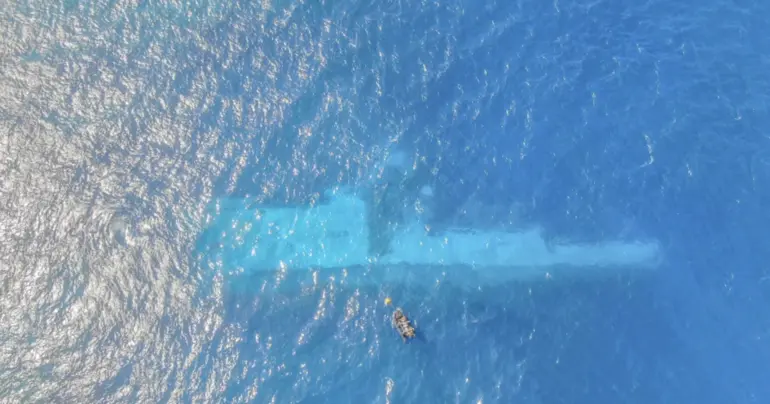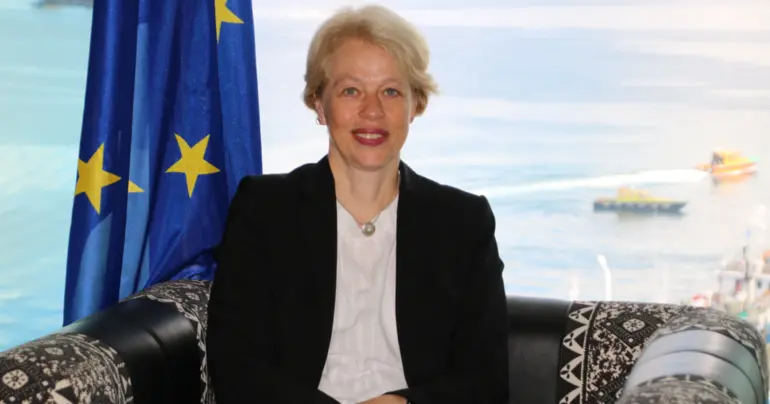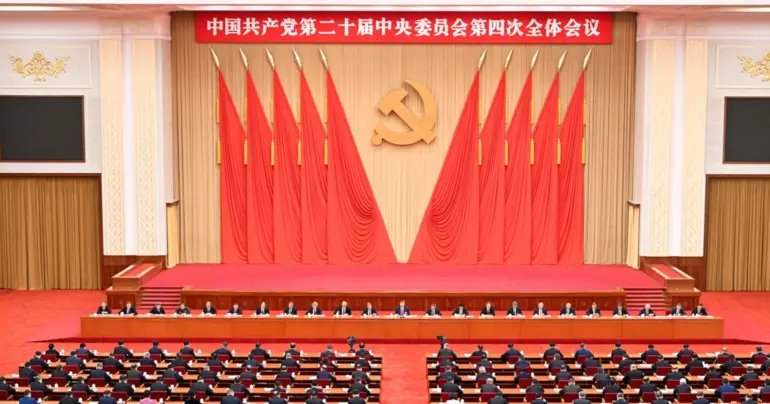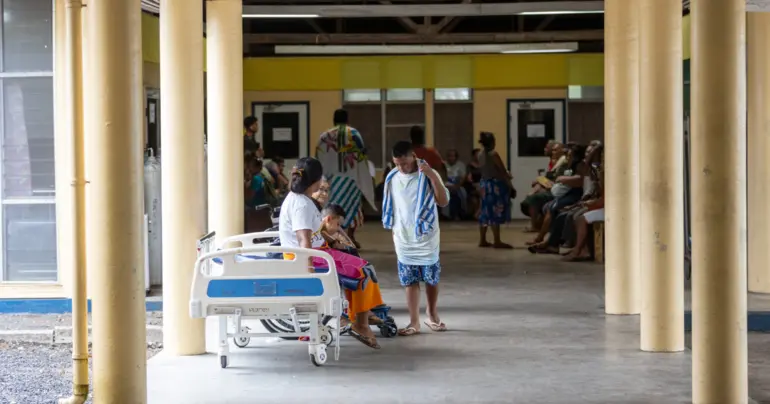Protect children: Unmask the appeal and get rid of e-cigarettes
Mango, bubble gum and milkshake… these are not just childhood treats. They are e-cigarette flavours designed to hook a new generation on nicotine. From Asian metropolises to small Pacific islands, these products are infiltrating communities, fuelling one of today’s most urgent public health crises: the alarming rise in e-cigarette use among children and young people.
With bright colours, fruity flavours and sleek packaging, e-cigarettes are tailor-made to attract youth. They mask the harshness of nicotine, downplay its addictive potential and conceal the health risks. E-cigarettes can deliver high doses of nicotine − sometimes exceeding conventional cigarettes − and contain toxic chemicals and cancer-causing substances. For children and adolescents, the stakes are even higher − nicotine harms brain development and primes them for life-long addiction.
Often disguised as everyday objects – such as highlighters, watches or wireless earbuds − e-cigarettes can be hard for parents and teachers to detect. Influencer promotions and ads flood the digital spaces where young people spend time. Behind the marketing lies a calculated strategy − one that turns experimentation into addiction, threatening to undo decades of progress in tobacco control and re-normalizing the act of smoking.
I have listened to teenagers recount how they were lured by e-cigarettes’ sweet flavours and sleek designs. As a medical doctor and parent, when I hear their stories, I am reminded of my own children − and the millions like them across our Region − who deserve protection. These seemingly harmless products trap young people in a cycle of addiction and expose them to serious health consequences.
But we can do something about it. Governments can − and should − ban or regulate e-cigarettes to send a clear message: these harmful, addictive products have no place in our communities. And as parents, concerned citizens and health professionals, we need to call on them to do so.
Momentum for this is building. As of April 2025, 11 out of 27 Member States in the World Health Organisation (WHO) Western Pacific Region have already banned e-cigarettes. The Cook Islands, Nauru and Viet Nam are among the most recent to take this bold step, and more governments are now actively working to adopt comprehensive measures.
As the WHO Regional Director for the Western Pacific, I acknowledge that different governments may take different approaches. But we must act boldly to prevent another epidemic of addiction and disease. WHO’s Call to Action outlines a set of minimum measures for e-cigarette regulation. Anything less puts our children and future generations at risk.
With World No Tobacco Day 2025 approaching, we have a critical opportunity. This year’s theme, “Unmasking the Appeal”, exposes the truth behind the tactics used by the tobacco and nicotine industries and calls for stronger protections. If we fail to act decisively, generations of young people will fall into nicotine addiction, and our health-care systems will bear the cost of the health consequences for decades to come, just as they have from tobacco use. Governments must learn from experience: only bold, comprehensive and strictly enforced measures succeed.
The time to act is now, not years from now, when addiction rates have skyrocketed. Despite industry claims, e-cigarettes are not a proven cessation tool at the population level, and for many young people, they serve as a gateway to conventional cigarette use.
My generation witnessed the tobacco industry manipulating science, policy and public perceptions for profit, leading to the loss of millions of lives. We must not allow history to repeat itself with e-cigarettes.
Countries across Asia and the Pacific can lead the world in creating a tobacco- and nicotine-free generation. But only if we take the right actions today.
Dr Saia Ma’u Piukala is the WHO Regional Director for the Western Pacific.











